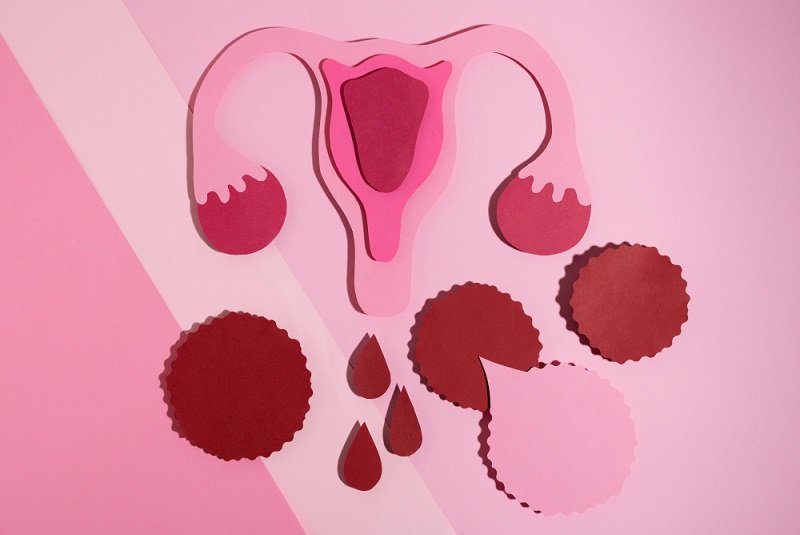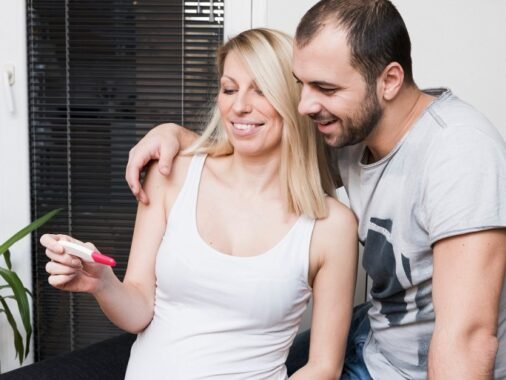Vulvar varicosities are enlarged and swollen veins in the vulva area, which is the external part of the female genitalia. This condition is more common during pregnancy, but it can also occur in women who are not pregnant. Vulvar varicosities can be painful, uncomfortable, and embarrassing for some women, but they are not typically dangerous.
In this article, we will discuss the causes, symptoms, and treatment of vulvar varicosities, so you can better understand this condition.
Causes of Vulvar Varicosities
Vulvar varicosities occur when the blood vessels in the vulva area become enlarged and swollen. This can happen due to a variety of factors, including:
- Pregnancy: During pregnancy, the increased blood volume and pressure on the pelvic area can cause the veins in the vulva to enlarge.
- Genetics: Some women are more prone to varicose veins due to genetic factors.
- Hormonal changes: Fluctuations in hormones, such as during menstruation or menopause, can also cause vulvar varicosities.
- Obesity: Being overweight or obese can increase the pressure on the veins in the pelvic area, leading to vulvar varicosities.
- Chronic constipation: Straining during bowel movements can increase pressure in the pelvic area, leading to vulvar varicosities.
Symptoms of Vulvar Varicosities
The most common symptom of vulvar varicosities is pain or discomfort in the vulva area. This pain may be worse during or after sexual intercourse, prolonged standing or sitting, or during menstruation. Other symptoms may include:
- Pain and Discomfort: The most common symptom of vulvar varicosities is pain and discomfort in the vulva area. This pain can range from mild to severe and can be exacerbated by physical activity, prolonged standing or sitting, and sexual intercourse.
- Visible Swelling: In some cases, vulvar varicosities can cause visible swelling in the vulva area. This swelling may be more pronounced after prolonged standing or sitting, and can sometimes feel tender or sore to the touch.
- Itching and Burning: Vulvar varicosities can also cause itching and burning sensations in the vulva area. These symptoms can be exacerbated by sweating or wearing tight clothing.
- Varicose Veins: In some cases, vulvar varicosities can cause varicose veins to appear in the vulva area. These veins may be visible on the skin’s surface and can appear blue or purple in color.
Managing Vulvar Varicosities
There are several ways to manage vulvar varicosities and alleviate symptoms. These include:
- Wearing Loose Clothing: Tight clothing can exacerbate symptoms of vulvar varicosities. Wearing loose-fitting clothing can help to reduce discomfort and improve circulation in the vulva area.
- Elevating the Legs: Elevating the legs can help to improve circulation and reduce swelling in the vulva area. It is recommended to lie down and elevate the legs above the heart for 15 to 20 minutes several times a day.
- Using Ice Packs: Applying ice packs to the vulva area can help to reduce swelling and alleviate pain and discomfort.
- Supportive Underwear: Wearing supportive underwear, such as compression shorts or maternity support belts, can help to alleviate symptoms by providing gentle pressure and support to the vulva area.
- Avoid Prolonged Standing or Sitting: Prolonged standing or sitting can exacerbate symptoms of vulvar varicosities. It is recommended to take frequent breaks and change positions frequently to improve circulation.
- Consult with a Healthcare Provider: In severe cases, a healthcare provider may recommend medical intervention, such as sclerotherapy or surgical removal of the affected veins.
If these treatments do not provide relief, your healthcare provider may recommend additional treatment options, such as sclerotherapy or surgery.
Conclusion:
Vulvar varicosities can be uncomfortable and painful for some women, but they are not typically dangerous. If you are experiencing symptoms of vulvar varicosities, it is important to speak with your healthcare provider to determine the underlying cause and to develop a treatment plan that works for you. With proper care and management, most women with vulvar varicosities can find relief from their symptoms.




